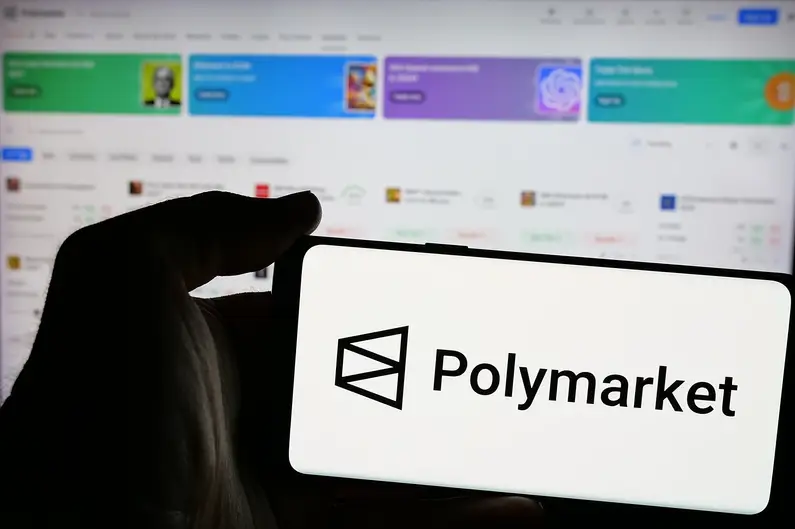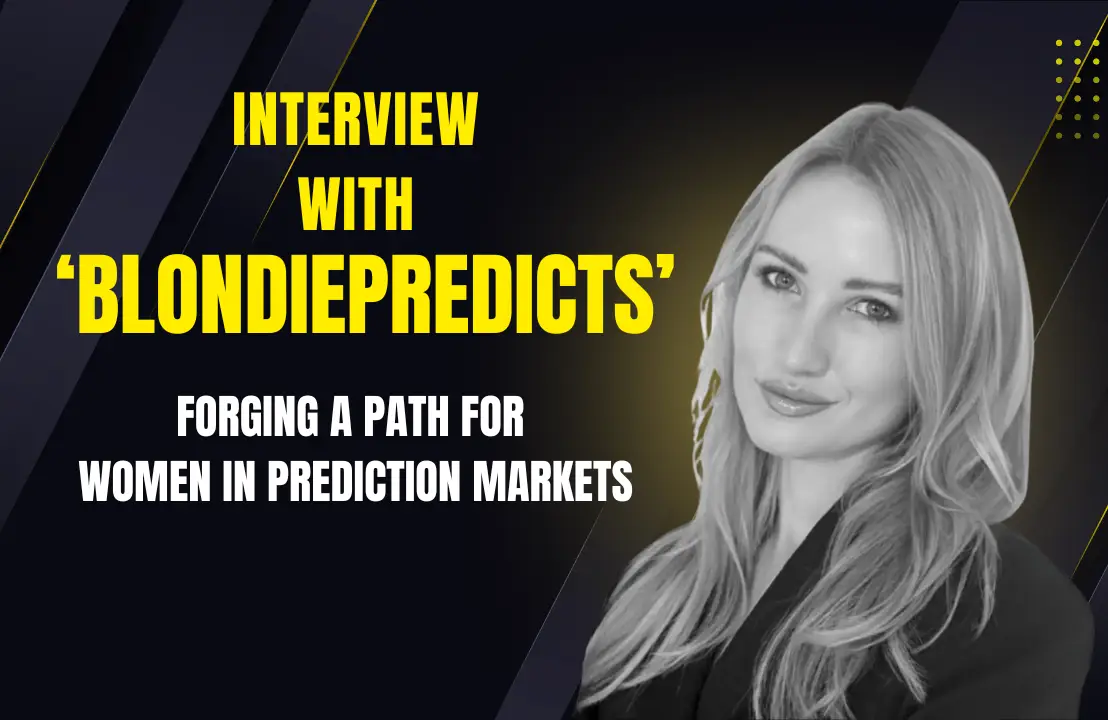Prediction market traders are salivating at the thought of Polymarket’s long-anticipated return to the U.S. Earlier this week the decentralized prediction‑market platform announced a $122 million deal to acquire US-licensed QCEX, which CEO Shayne Coplan called “the perfect asset: an exchange and a clearing house.”
Yet there are major questions regarding what Polymarket will look like when it’s forced to meet compliance and regulatory requirements demanded by the Commodity Futures Trading Commission (CFTC). That means quickly bolting on rigorous Know-Your-Customer (KYC) and Anti-Money Laundering (AML) controls, and rethinking its controversial dispute-resolution oracle, among other things.
Will it be able to keep its free-wheeling ethos that made it the largest prediction market in the world or will it have to sacrifice edginess, liquidity and market breadth as it adjusts to the slow dance of U.S. compliance?
Here are six questions traders keep asking — and what we (don’t) know so far.
When will Polymarket launch in the U.S.?
We’ll start with the obvious, and most important, question. As Dustin Gouker at Event Horizon pointed out, Polymarket probably wants to take advantage of the football season in the U.S. but that may be too ambitious.
A professional trader and former Kalshi employee listed some of the new regulatory challenges Polymarket will face:
- Know Your Customer
- Anti-Money Laundering
- Confidential contract drafting
- Customer funding intermediation
- Volume incentives
- Broker integration
- Market rule amendments
- Immediate funding and deposits
- Insider trading surveillance
- Designated Market Maker program
“Every one of these involved grueling interaction with CFTC regulators who are incentivized to say ‘No’ to everything. Polymarket will have to shift from a culture of being able to ship whatever they want, whenever they want, to learning how to dance with the CFTC.”
He’s right. Polymarket doesn’t yet have any real KYC protocols, so U.S. customers may have to enter through QCEX-branded onboarding. They will also need to implement an AML framework to help detect and prevent its platform’s orderbook from facilitating laundering schemes.
So when will Polymarket launch, does anyone have a clue? I guess it’s fitting to turn to prediction market forecasts for an answer: Manifold, a play-money prediction market, forecasts a 69% chance that Polymarket will be legally accessible to U.S. citizens before December 31, 2025. Meanwhile, Polymarket users have traded more than $200K on the same question, giving a 68% chance that Polymarket will be live in the U.S. this year.
One pool or two?
Once Polymarket is live, will U.S. traders be trading with users worldwide or only within U.S. borders?
Polymarket could isolate its U.S. product, creating a fully domestic pool. This would likely be more straightforward and get the ball rolling, but at the expense of liquidity.
Will rewards shrink once U.S. volume arrives?
Speaking of liquidity, one thing professional traders are looking forward to is earning liquidity rewards from Polymarket, which has paid out millions of dollars since launching in 2022.
Where Kalshi partners with institutional traders and its own trading team to seed markets and fill orderbooks, Polymarket actually pays its users to do the job.
Traders might not want to get their hopes up, though. If Polymarket can successfully merge its products, they may pull back the rewards program as it tries to cut costs.
Will UMA stay or leave?
Prediction markets are inherently vulnerable to disputes, particularly when the market question and settlement rules leave room for interpretation. Polymarket has notoriously headlined the most controversial resolutions across the industry, and its UMA oracle — a decentralized, bond-and-challenge protocol that ultimately settles that platform’s markets — has been the source of its problems.
The UMA oracle lets anyone assert that an event has been resolved by simply staking a bond. If the claim isn’t disputed within a preset window then it’s accepted; but a dispute triggers a vote of staked UMA token-holders in the Data Verification Mechanism (DVM), whose decision is final.
The initial idea was that the UMA’s formula would make it more expensive to corrupt a vote than the maximum anyone could win from an incorrect resolution.
Turns out UMA, in its current form, is better in theory than practice.
Most recently, things came to a head with more than $200 million on the line on the simple question: Will Zelenskyy wear a suit before July?
What is a suit? Polymarket didn’t define it, and a single token holder determined the market in the favor of ‘No’ holders.
Before the infamous Zelenskyy suit market, there was one related to Barron Trump’s involvement with $DJT. “We firmly believe that the UMA got this wrong,” Polymarket acknowledged. “We are also actively working to improve our oracle and resolution methodology. Stay tuned.”
Even less ambiguous markets have been manipulated on the decentralized platform.
On July 4, the Houston Astros steam-rolled the Los Angeles Dodgers 18-1, but Polymarket’s UMA oracle settled for the Dodgers.
How did that happen? A wrong answer was posted to UMA’s Oracle, and because nobody challenged it within the two-hour window, it was accepted as final. Polymarket, to their credit, refunded all Astros traders, but it reignited calls to replace or at least reform the UMA protocol.
Polymarket got the message. “We anticipate rolling out a new reward and oracle-resolution system later this year,” reads on a Polymarket page.
Now, as Polymarket gears up for return to the U.S., it’s unclear whether simply improving the UMA oracle will meet the CFTC’s regulatory muster or if it will be required to pivot toward a more centralized approach like Kalshi’s — which, to be clear, isn’t immune to controversial resolutions but at least doesn’t allow rogue token holders to scam market participants.
Trading on war and terrorism?
Polymarket’s anything‑goes philosophy covers everything from Diddy lawsuits to Middle‑East airstrikes, some of which are explicitly forbidden by the CFTC.
Polymarket will have to play by new rules, but, like the sudden accessibility of sports event contracts nationwide, could start a new battle, pressing for contracts that involve war and terrorism.
Coplan touted these very markets during his recent interview with CNBC, claiming that Polymarket moves quicker than the Open Source Intelligence Community’s leads and that he was initially inspired by the Policy Analysis Markets (PAM) that were funded by DARPA, a research and development arm of the U.S. Department of Defense.
“It was all about using decision markets, which is a derivative of prediction markets, to go and forecast what’s going to happen in the Middle East.” Coplan said. “The idea that we’ve been able to build up the market infrastructure and critical mass to have that in real life, effectively, is just mind-boggling.”
Markets related to war and terrorism are undoubtedly a more difficult public relations task than sports contracts. In all likelihood, these will remain separate from Polymarket’s U.S. product but it’s something to keep eyes on over the next few years.
Will props make the cut?
Kalshi’s sports contracts are almost exclusively moneyline markets, where users simply predict the winner of a game or event, and long-dated futures markets.
Polymarket, however, is much closer to a full-fledged sportsbook, facilitating trades on everything from player props, including touchdown scorers, alongside traditional spreads and point totals.
Unless there’s pushback from the CFTC, it’s a safe bet that those markets will follow Polymarket to the U.S. It’s also only a matter of time before Kalshi follows suit.

























